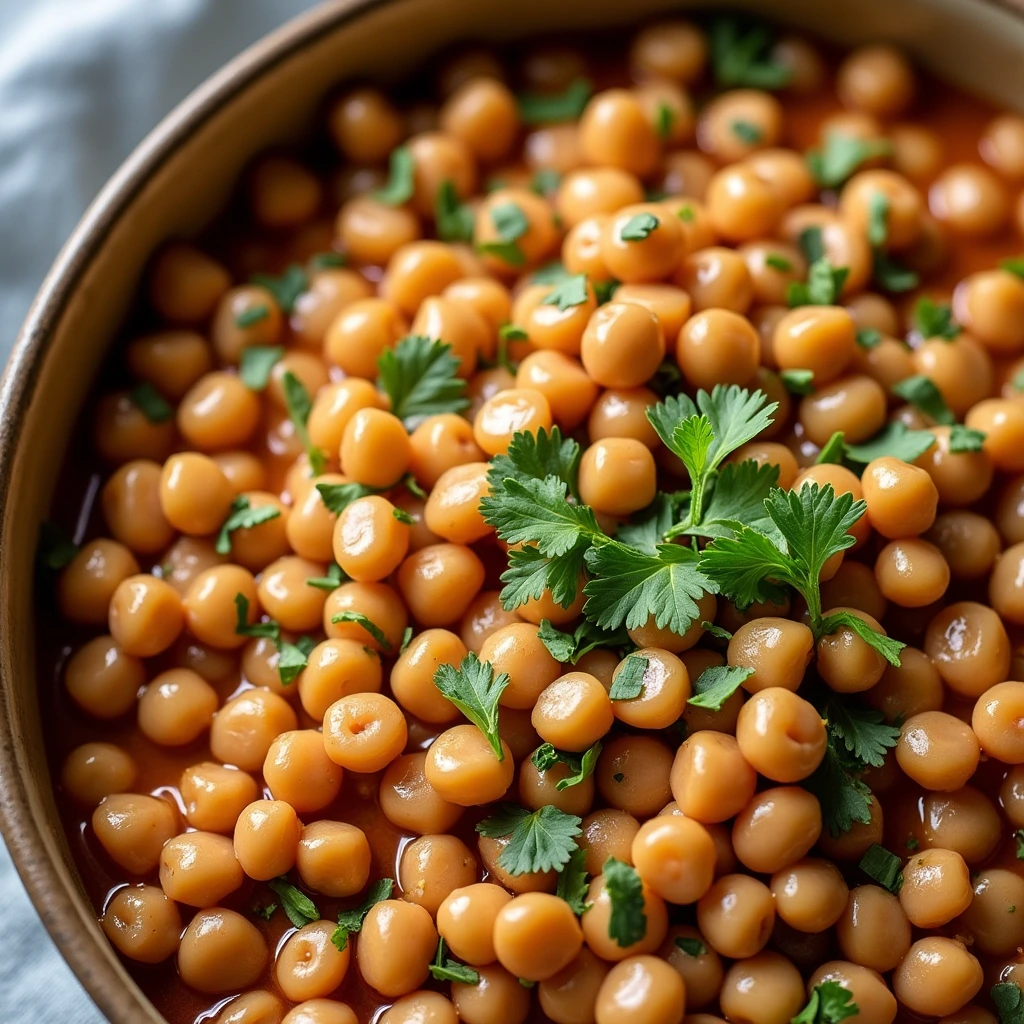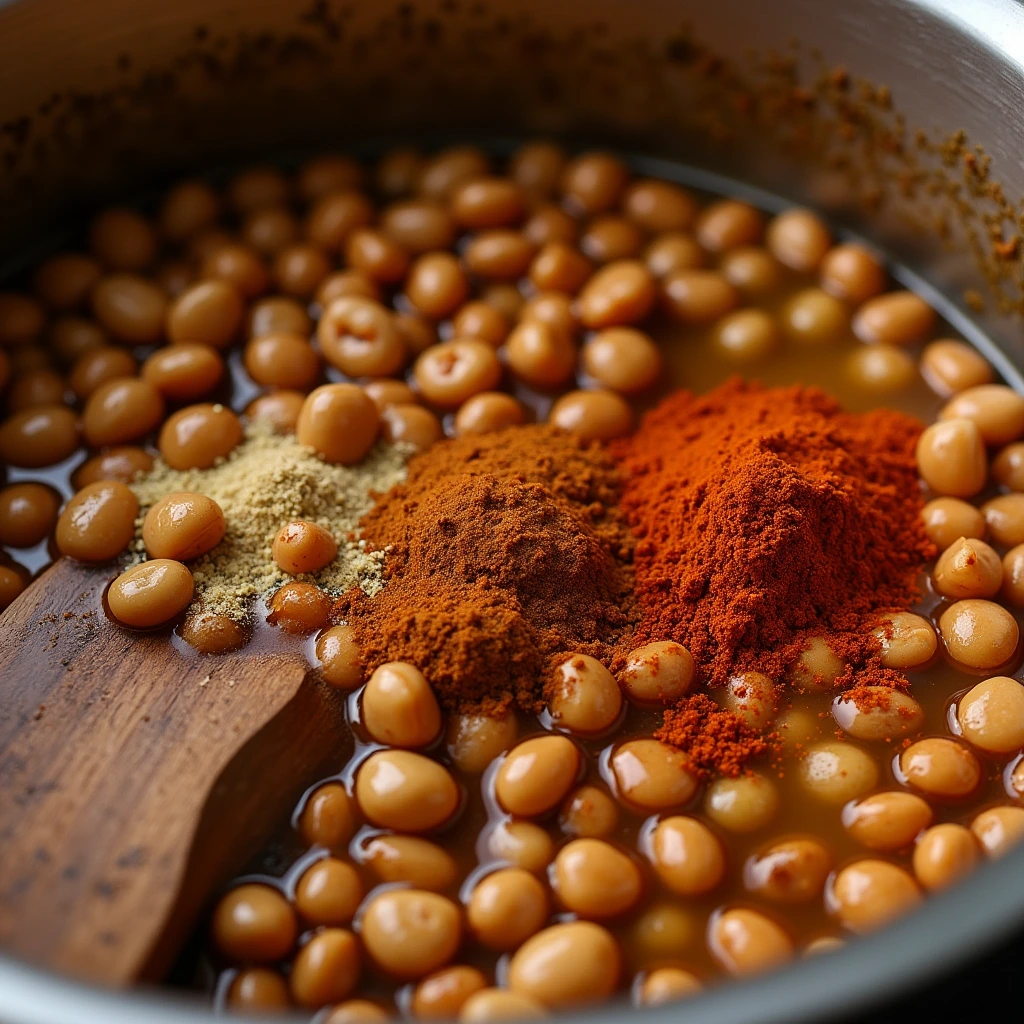Welcome! If you’re looking to whip up something delicious and nutritious, you’ve landed in the right place. This article dives into the fantastic world of black eyed peas recipes. We’ll cover everything from their health benefits to classic and modern recipes that will surely impress your family and friends. Let’s jump right into it!
Introduction to Black Eyed Peas Recipes
What are Black Eyed Peas?
Black eyed peas, often mistaken for beans, are nutrient-rich legumes with a distinctive black spot on one side. These small yet mighty peas are staples in various cuisines, particularly in Southern cooking. Eating them on New Year’s Day is a long-held tradition believed to bring good luck and prosperity.
But why are they so popular in cooking? Black eyed peas recipes are beloved for their versatility and health benefits. Packed with protein, fiber, and essential vitamins, they’re a wholesome addition to soups, salads, stews, and dips. Whether you’re a seasoned chef or a kitchen newbie, these recipes promise flavor and nourishment.
Why are they popular in cooking?
So, why should you care about black eyed peas recipes? Well, these legumes are not just tasty; they’re packed with nutrients. High in protein and fiber, they make for a filling meal. Plus, they’re super versatile! You can toss them in salads, soups, or even make a hearty stew. And don’t get me started on how they can be transformed into a spicy dip—talk about crowd-pleasers!
Whether you’re a seasoned cook or just starting, black eyed peas recipes offer something for everyone. So grab your apron, and let’s get cooking!
Health Benefits of Black Eyed Peas
Nutritional Value
When it comes to healthy eating, black eyed peas pack a punch! They’re loaded with essential nutrients. A single cup of cooked black eyed peas has about 200 calories, which is pretty reasonable. But here’s where it gets even better: they’re rich in protein, providing about 13 grams per serving. So, if you’re looking for a meat alternative, these legumes are a fantastic choice.
Moreover, they’re high in fiber, which aids digestion and can help keep you feeling full longer. This makes them an excellent addition to any weight-loss plan. Plus, they’re low in fat, so you can enjoy them guilt-free. Don’t forget about the vitamins and minerals! Black eyed peas are a good source of folate, iron, and potassium, which are crucial for overall health.
How They Contribute to a Healthy Diet
Incorporating black eyed peas recipes into your meals can be a game-changer. Firstly, they can help regulate blood sugar levels, making them a smart choice for diabetics. Secondly, their high fiber content can lower cholesterol, reducing the risk of heart disease.
What’s not to love? You can add them to salads, soups, or even make a savory casserole. Transitioning to these leguminous delights doesn’t have to be complicated either; simply swap your usual beans for black eyed peas and watch the magic happen.
So, if you’re looking for a way to boost your health while enjoying a delicious meal, start experimenting with black eyed peas recipes today!
Classic Black Eyed Peas Recipes
Traditional Southern Recipe
One of the most beloved ways to prepare black eyed peas is the classic Southern dish known as Hoppin’ John. This recipe combines black eyed peas with rice, and it’s often flavored with smoked meat. It’s a dish that’s been passed down through generations and is traditionally eaten on New Year’s Day for good luck. Cooking this dish is pretty straightforward. Just simmer the black eyed peas with some onions, garlic, and your choice of meat, then serve it over rice. Trust me; your taste buds will thank you! For more comfort food ideas, try this soup bone recipe to accompany your meal.
Variations Across Cultures
Interestingly, black eyed peas are enjoyed in various cultures around the world. For instance, in West African cuisine, they’re often used in stews and fritters. You can also find them in Mediterranean dishes, where they are tossed in salads with fresh veggies and herbs.
If you’re feeling adventurous, why not try a black eyed peas recipe from another culture? The possibilities are endless! Whether it’s a spicy black eyed peas curry or a refreshing salad, you can easily make a meal that reflects your taste.
To sum it up, black eyed peas recipes not only provide comfort food but also connect you with traditions. So, gather your ingredients and whip up something delightful for your next meal!
Modern Takes on Black Eyed Peas
Creative Ingredients to Add
While traditional black eyed peas recipes are delightful, adding a twist can make them even more exciting! For instance, try mixing in some roasted vegetables like bell peppers or zucchini. These add color and extra nutrition to your dish. You can also spice things up with some jalapeños for a kick or fresh herbs like cilantro for a burst of flavor.
Another fun idea is to create a black eyed peas recipe in a salad format. Combine cooled black eyed peas with diced tomatoes, cucumbers, and a zesty dressing. This makes for a refreshing dish that’s perfect for picnics or potlucks.
Fusion Recipes
Feeling adventurous? Why not experiment with fusion cuisine? You can create a black eyed peas taco by using them as a filling with your favorite toppings. Or, blend them into a creamy dip, mixing them with avocados, garlic, and lime juice for a unique twist on guacamole.
The beauty of black eyed peas recipes is their versatility. They can easily adapt to various cuisines, making them a great ingredient to have on hand. If you’re looking for something new to try, these modern takes will surely impress your guests and keep your dinners fresh and exciting!
Tips for Cooking Black Eyed Peas
Soaking vs. Not Soaking
When it comes to cooking black eyed peas, one common question is whether to soak them first. Soaking can help reduce cooking time and make them easier to digest. If you’re short on time, don’t worry too much; black eyed peas cook relatively quickly compared to other legumes.
If you decide to soak them, aim for at least 4 hours, or even overnight. Just remember to drain and rinse them before cooking. This will help remove any dirt and impurities.
Cooking Methods
There are several methods to prepare black eyed peas. You can boil, pressure cook, or even slow cook them. If you’re in a hurry, a pressure cooker will be your best friend, cooking them in just 10-15 minutes. On the other hand, if you have more time, slow cooking allows the flavors to develop beautifully.
For more delicious recipes, check out our recipe article that features other legume dishes!
How to Cook Black Eyed Peas Quickly
Cooking black eyed peas doesn’t have to take a long time. Here are some tips to speed up the process:
Use a Pressure Cooker
One of the fastest ways to cook black eyed peas is by using a pressure cooker. Simply rinse the peas, add them to the cooker with water (about 3 cups of water for every cup of peas), and cook on high pressure for about 10-15 minutes. You’ll have tender peas in no time!
Quick Soaking Method
If you prefer to soak your black eyed peas, you can use a quick soaking method. Bring a pot of water to a boil, add the rinsed peas, and boil for 2-3 minutes. Then, remove from heat, cover, and let them sit for about an hour. After that, drain and rinse the peas before cooking them as you normally would.
Boil Method
If you’re in a rush and don’t have a pressure cooker, you can boil black eyed peas directly. Just place rinsed peas in a pot with enough water to cover them. Bring to a boil and then reduce the heat, allowing them to simmer for about 30-40 minutes. Keep an eye on them and test for doneness.
Tips for Flavor
To add flavor while cooking, consider adding aromatics like garlic, onion, or bay leaves to the water. This way, your black eyed peas will be tasty and ready to enjoy in no time!
By following these methods, you can enjoy delicious black eyed peas without the wait!
Key Health Benefits of Black Eyed Peas
Black eyed peas are not just delicious; they are also packed with numerous health benefits. Here are some key advantages of including them in your diet:
- High in Protein: A great source of plant-based protein, black eyed peas provide about 13 grams of protein per cooked cup, making them an excellent choice for vegetarians and vegans.
- Rich in Fiber: These legumes are high in dietary fiber, which aids digestion and helps maintain a healthy weight by keeping you feeling full longer. A diet high in fiber can also lower cholesterol levels.
- Nutrient Dense: Black eyed peas are rich in essential vitamins and minerals, including folate, iron, and potassium. Folate is crucial for cell division and can help prevent anemia, while potassium helps regulate blood pressure.
- Supports Heart Health: Due to their high fiber content and low fat, black eyed peas can contribute to heart health by reducing cholesterol levels and lowering the risk of heart disease.
- Regulates Blood Sugar: Their low glycemic index means that black eyed peas can help stabilize blood sugar levels, making them a smart choice for people with diabetes.
Incorporating black eyed peas into your meals can provide these benefits and contribute to overall health and wellness!
FAQs about Black Eyed Peas Cooking
How long should you cook black eyed peas?
Cooking black eyed peas can vary in time depending on whether you soak them or not. If you soak them overnight, they typically take about 30-40 minutes to cook. However, if you skip soaking, you’ll need around 45-60 minutes of cooking time. Using a pressure cooker can drastically cut this down to just 10-15 minutes, making it a great option for busy cooks.
Can you freeze cooked black eyed peas?
Absolutely! Freezing cooked black eyed peas is a great way to preserve them for later use. After cooking, let them cool completely, then place them in an airtight container or freezer bag. When you’re ready to use them, simply thaw them in the refrigerator overnight or warm them directly from the freezer in a pot on the stove. This way, you can enjoy your favorite black eyed peas recipes without starting from scratch every time!
Conclusion and Final Thoughts
Recap of Black Eyed Peas in Cooking
In conclusion, black eyed peas are more than just a delicious ingredient; they’re a versatile staple that can elevate any meal. Whether you’re whipping up a traditional Southern dish or trying out modern recipes, these legumes have something to offer everyone. From health benefits to easy cooking methods, it’s clear that black eyed peas recipes should be in your culinary repertoire.
Encouragement to Try Out Recipes
So, what are you waiting for? Grab some black eyed peas and start experimenting in the kitchen. You’ll find that they’re not only nutritious but also fun to cook with. Plus, they can bring a taste of tradition and creativity to your table. Don’t hesitate to share your favorite black eyed peas recipes with family and friends—happy cooking!


